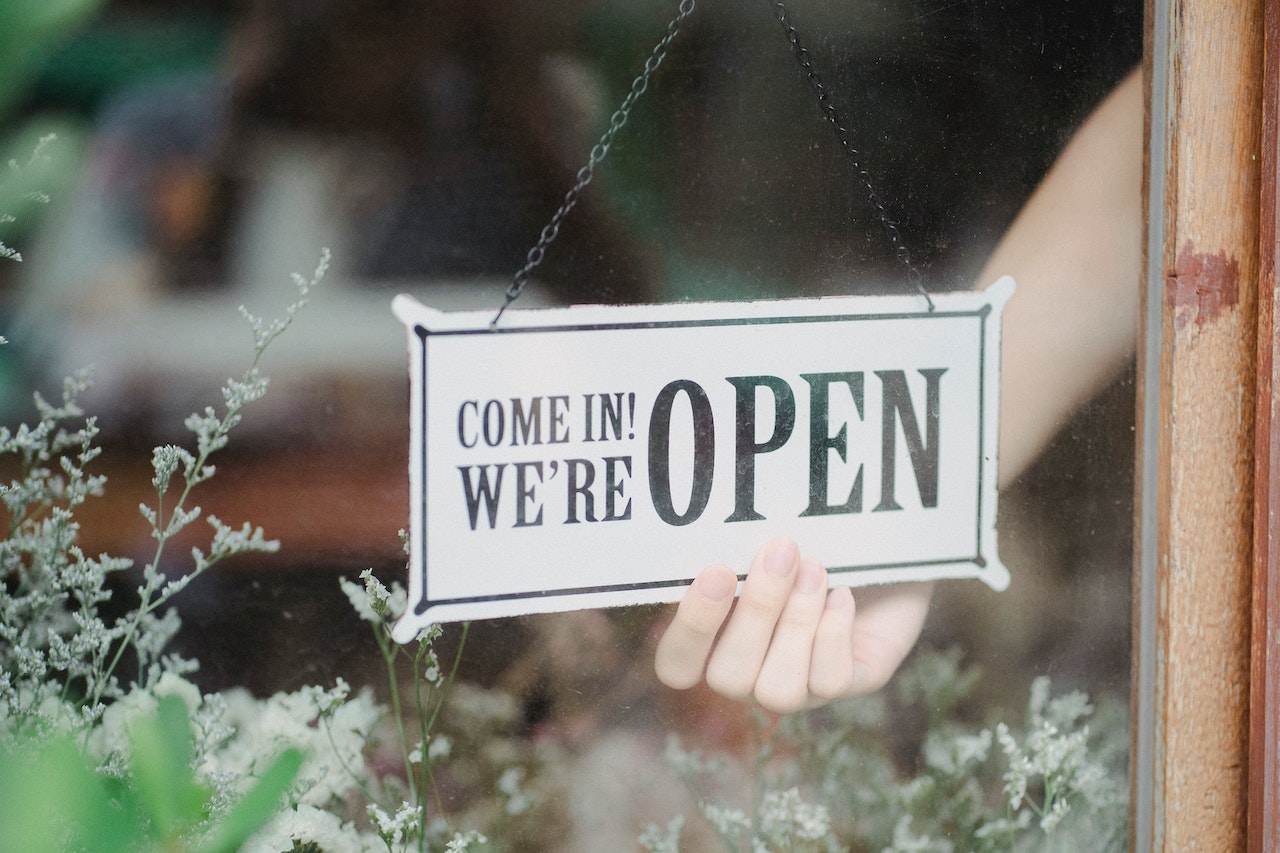
Of all the takes I’ve heard about open banking over the past week, here is a great one I did not hear courtesy of The Finanser’s Chris Skinner: open banking is bad branding.
The core issue is that banking and finance is being ripped open by technologies to ensure better service, data enrichment, machine learning, more knowledge … but to achieve this, the service is no longer delivered by one company: a bank. It is delivered by multiple service providers through apps, APIs and analytics. That’s what Open Banking is all about. It just has the wrong name. We don’t want Open Banking. We want Closed Banking.
A typically heterodox take from Skinner and a prompt I would have loved to put to our open banking panelists at FinovateFall last week.
As it turned out, our conversation revolved around other issues – from the role of regulation to the differences in the evolution of open banking between countries and regions. But the same issues raised by Skinner this week were not far away. See for yourself in our brief summary of the top takeaways from our FinovateFall discussion.
User Experience Matters
One area of major agreement on the panel was that user experience was an undervalued aspect of the appeal (or lack thereof) of open banking. Imran Haider, Director of Product, Intuit Data Exchange, noted that the user experience for a customer connecting to their bank via an open banking flow can vary significantly. He cited the occurrence of everything from cumbersome flows to basic performance issues as obstacles to wider acceptance of open banking. “If we really want to unlock the power of customer permissioned data sharing,” Haider said, “then we need better standards and approaches on the UX side.”
Location Shapes the Market
Appreciating the way open banking is evolving differently across geographies was another key takeaway from our conversation on open banking. Florencia Ardissone, Head of Product, Customer Insights & ChaseNet Analytics, JP Morgan Chase, led with this insight. In places like the U.K., Europe, and Australia, open banking has evolved courtesy of a highly-engaged regulatory authority. By contrast, in countries like India, market forces have tended to lead, with the drive for greater financial inclusion often fueling innovation. As such, we should expect the evolution of open banking in the U.S. – however slow and sluggish – to develop based on the unique features of the U.S. banking system – including the massive number of players.
Open Banking Demands Identity Management
Skinner’s skepticism about consumer appetites for “open” banking is also a great way to understand another key takeaway from our Open Banking conversation: the idea that open banking is integrally linked to identity management. Sasha Dobrolioubov, Head of Partnerships at Persona, made the point that it critical that those financial institutions involved in open banking – the banks, the fintechs – need to have a “strong identity presence” to foster trust between would-be open banking consumers and providers.
Regulation Defines the Opportunity
The funny thing about the evolution of Open Banking in the U.S. is that has taken both the route of market-driven innovation as well as the path laid by regulators, particularly the CFPB. Kevin Jacques, Partner at Cota Capital, noted that the access to account data component of open banking evolved ahead of regulations. Jacques cited innovators – and Finovate alums – like Plaid, MX, and Finicity as examples.
That said, with pending CFPB regulations potentially limiting and restricting collection of account data based on a narrower view on consumer consent, innovation in this aspect of open banking is likely to be impacted.